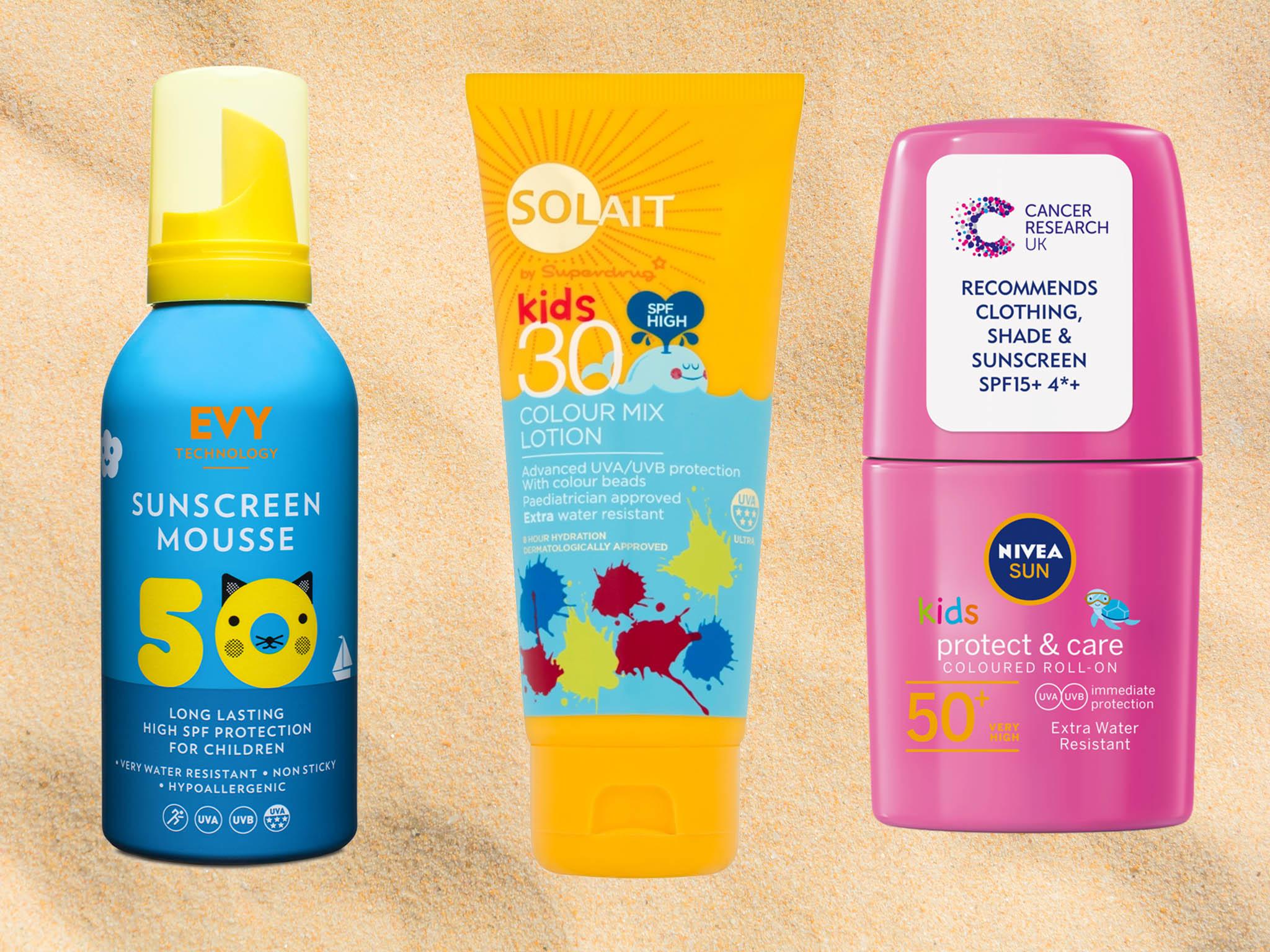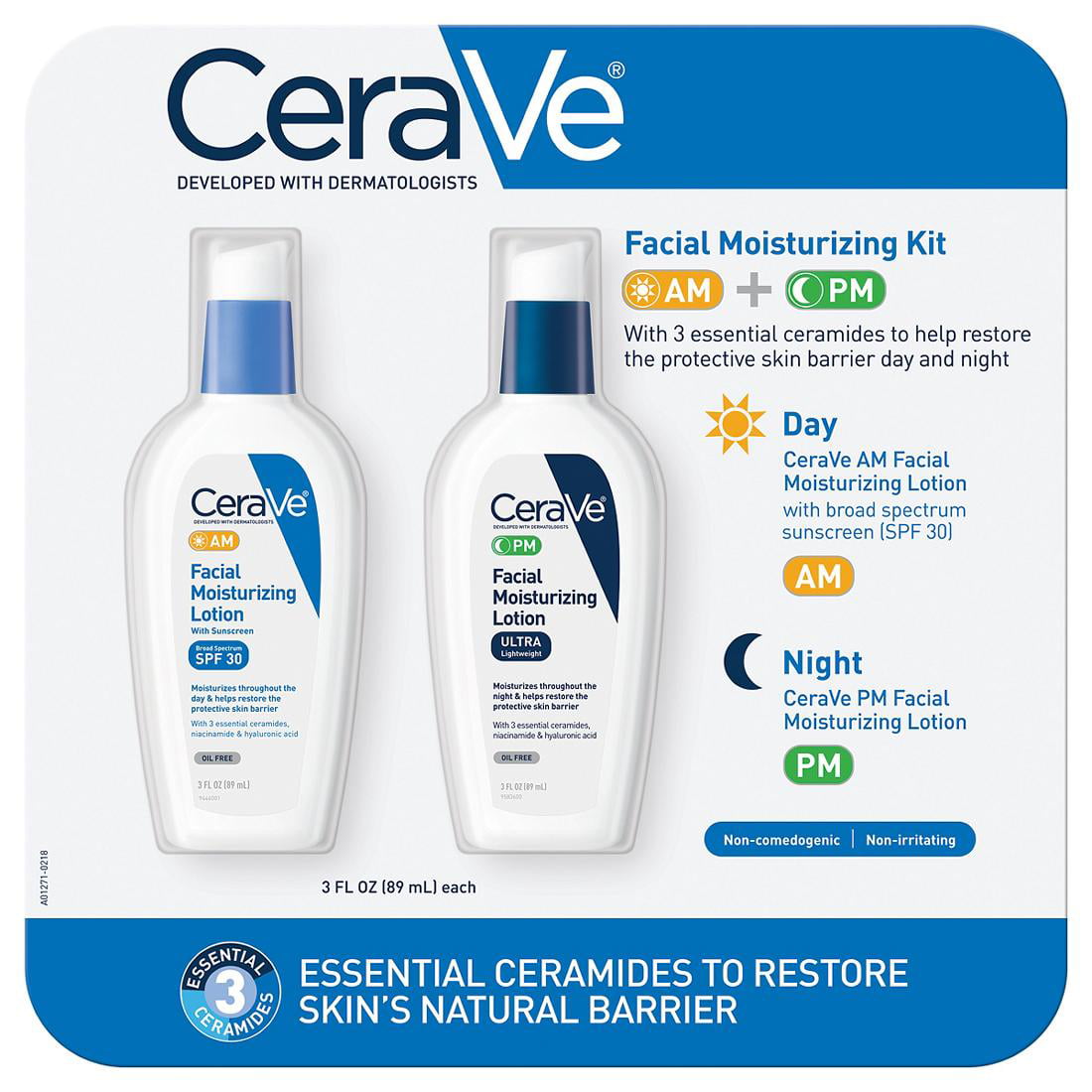


What ingredients to avoid in a sunscreen.What ingredients to look for in a sunscreen.On balance, the point is this: in contrast to real plant oils, wax esters were designed by Mother Nature to stay on the surface and form a protective, moisturizing barrier and jojoba oil being a wax ester is uniquely excellent at doing that.
Thinkbaby sunscreen review as a facial sunscreen skin#
Third, jojoba oil moisturizes the skin through a unique dual action: on the one hand, it mixes with sebum and forms a thin, non-greasy, semi-occlusive layer on the other hand, it absorbs into the skin through pores and hair follicles then diffuses into the intercellular spaces of the outer layer of the skin to make it soft and supple. has this not fully proven theory that thanks to this, jojoba might be able to "trick" the skin into thinking it has already produced enough sebum, so it might have "skin balancing" properties for oily skin. Second, jojoba oil is the most similar to human sebum (both being wax esters), and the two are completely miscible. If you have some pure jojoba oil at home, you should be fine using it for years. (Many plant oils tend to go off pretty quickly). Even if you heat it to 370 C (698 F) for 96 hours, it does not budge. So being a wax ester results in a couple of unique properties: First, jojoba oil is extremely stable. 25-30% of human sebum is also wax esters to give us people environmental protection. Wax esters are on the outer surface of several plant leaves to give them environmental protection. Chemically, a wax ester is a fatty acid + a fatty alcohol, one long molecule.

Mother Nature also created wax esters but for a totally different purpose.

Mother Nature created triglycerides to be easily hydrolyzed (be broken down to a glycerin + 3 fatty acid molecules) and oxidized (the fatty acid is broken down into small parts) - this happens basically when we eat fats or oils and our body generates energy from it. The fatty acids attached to the glycerin vary and thus we have many kinds of oils, but they are all triglycerides. So what the heck is a wax ester and why is that important anyway? Well, to understand what a wax ester is, you first have to know that oils are chemically triglycerides: one glycerin + three fatty acids attached to it. It's definitely one of the best, or probably even the best option out there for sun protection available worldwide. This seems to be true even if the skin is damaged, for example, sunburnt.Īll in all, if you've found a Zinc Oxide sunscreen that you are happy to use every single day, that's fantastic and we suggest you stick with it. But luckily, so far research shows that sunscreen nanoparticles are not absorbed but remain on the surface of the skin or in the uppermost (dead) layer of the skin. We wrote more about nanoparticles and the concerns around them here, but the gist is that if nanoparticles were absorbed into the skin that would be a reason for legitimate health concerns. Still, it's white and disturbing enough to use Zinc Oxide nanoparticles more and more often. Pinnell, it's slightly less white than TiO2. It leaves a disturbing whitish tint on the skin, although, according to a 2000 research paper by Dr. It's also often used to treat skin irritations such as diaper rash.Īs for the disadvantages, Zinc Oxide is also not cosmetically elegant. So much so that Zinc Oxide also counts as a skin protectant and anti-irritant. It's also highly stable and non-irritating. It protects against UVB, UVA II, and UVA I almost uniformly, and is considered to be the broadest range sunscreen available today. The first main difference is that while TiO2 gives a nice broad spectrum protection, Zinc Oxide has an even nicer and even broader spectrum protection. Hyaluronic Acid (Made From Vegetable) (0)


 0 kommentar(er)
0 kommentar(er)
